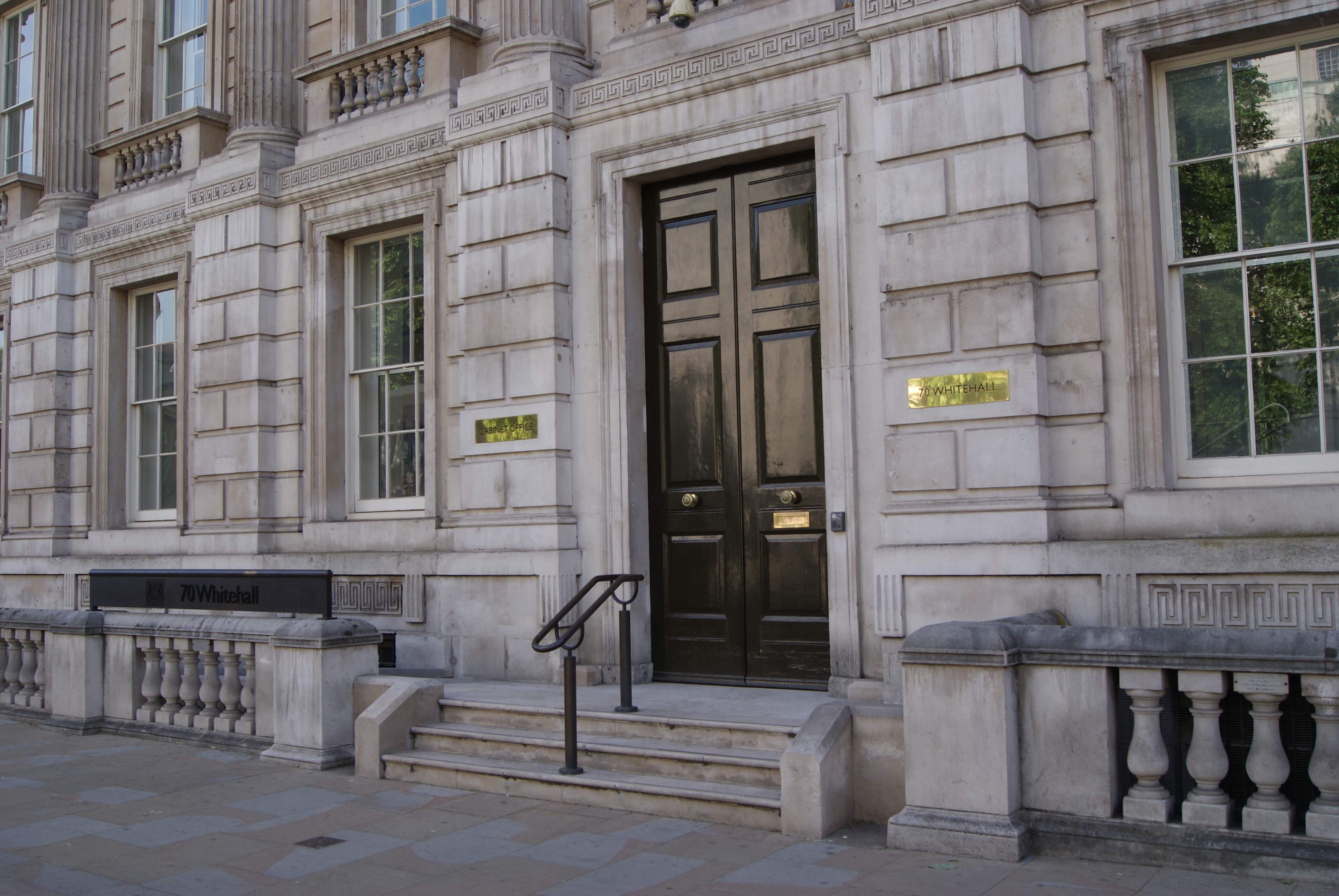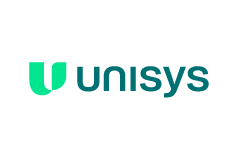|
Cramm
{{More citations needed, date=September 2022 CRAMM (CCTA Risk Analysis and Management Method) is a risk management methodology, currently on its fifth version, CRAMM Version 5.0. History CRAMM was created in 1987 by the Central Computer and Telecommunications Agency (CCTA), now renamed into Cabinet Office, of the United Kingdom government. Methodology CRAMM comprises three stages, each supported by objective questionnaires and guidelines. The first two stages identify and analyze the risks to the system. The third stage recommends how these risks should be managed. The three stages of CRAMM are as follows: Stage 1 The establishment of the objectives for security by: * Defining the boundary for the study for Risk Assessment * Identifying and valuing the physical assets that form part of the system; * Determining the 'value' of the data held by interviewing users about the potential business impacts that could arise from unavailability, destruction, disclosure or modification; * ... [...More Info...] [...Related Items...] OR: [Wikipedia] [Google] [Baidu] |
Central Computer And Telecommunications Agency
The Central Computer and Telecommunications Agency (CCTA) was a UK government agency providing computer and telecoms support to government departments. History Formation In 1957, the UK government formed the Technical Support Unit (TSU) of HM Treasury to evaluate and advise on computers, initially based around engineers from the telecommunications service. As this unit evolved, it morphed into the Central Computer and Telecommunications Agency, which also had responsibilities as a central procurement body for government technological equipment. CCTA's work during the 1970s, 1980s and 1990s was primarily to (a) develop central government IT professionalism, (b) create a body of knowledge and experience in the successful development and implementation of IS/IT within UK central government (c) to brief Government Ministers on the opportunities for use of IS/IT to support policy initiatives (e.g. "Citizen's Charter" / "e-government") and (d) to encourage and assist UK private ... [...More Info...] [...Related Items...] OR: [Wikipedia] [Google] [Baidu] |
Cabinet Office
The Cabinet Office is a department of His Majesty's Government responsible for supporting the prime minister and Cabinet. It is composed of various units that support Cabinet committees and which co-ordinate the delivery of government objectives via other departments. As of December 2021, it has over 10,200 staff, most of whom are civil servants, some of whom work in Whitehall. Staff working in the Prime Minister's Office are part of the Cabinet Office. Responsibilities The Cabinet Office's core functions are: * Supporting collective government, helping to ensure the effective development, coordination and implementation of policy; * Supporting the National Security Council and the Joint Intelligence Organisation, coordinating the government's response to crises and managing the UK's cyber security; * Promoting efficiency and reform across government through innovation, transparency, better procurement and project management, by transforming the delivery of services, and imp ... [...More Info...] [...Related Items...] OR: [Wikipedia] [Google] [Baidu] |
NATO
The North Atlantic Treaty Organization (NATO, ; french: Organisation du traité de l'Atlantique nord, ), also called the North Atlantic Alliance, is an intergovernmental military alliance between 30 member states – 28 European and two North American. Established in the aftermath of World War II, the organization implemented the North Atlantic Treaty, signed in Washington, D.C., on 4 April 1949. NATO is a collective security system: its independent member states agree to defend each other against attacks by third parties. During the Cold War, NATO operated as a check on the perceived threat posed by the Soviet Union. The alliance remained in place after the dissolution of the Soviet Union and has been involved in military operations in the Balkans, the Middle East, South Asia, and Africa. The organization's motto is '' animus in consulendo liber'' (Latin for "a mind unfettered in deliberation"). NATO's main headquarters are located in Brussels, Belgium, while ... [...More Info...] [...Related Items...] OR: [Wikipedia] [Google] [Baidu] |
Unisys
Unisys Corporation is an American multinational information technology (IT) services and consulting company headquartered in Blue Bell, Pennsylvania. It provides digital workplace solutions, cloud, applications, and infrastructure solutions, enterprise computing solutions, and business process solutions for organizations around the world. History Founding Unisys was formed in 1986 through the merger of mainframe corporations Sperry and Burroughs, with Burroughs buying Sperry for $4.8 billion. The name was chosen from over 31,000 submissions in an internal competition when Christian Machen submitted the word "Unisys" which was composed of parts of the words ''united'', ''information'' and ''systems''. The merger was the largest in the computer industry at the time and made Unisys the second largest computer company with annual revenue of $10.5 billion. Michael Blumenthal became CEO and Chairman. Soon after the merger, the market for proprietary mainframe-class systems� ... [...More Info...] [...Related Items...] OR: [Wikipedia] [Google] [Baidu] |

